Thinking about the next iteration
The last few years have focused on understanding my practice, finding the details within each material I use that work in the same way, or are differentiated. This approach has enabled me to find the conceptual strands that can lead me from one body of work to the next.
Abstracted 35, Set 5, image 1 (left) and Obscurus III image 8.
The most recent example of this was finding the links between the Petri Latex series and the Abstracted 35 series, both operate with similar inputs – namely inks, chemicals and energy in some form. This means that the two have a similar imprint of my working processes.
This implied order is something that is nice to have, but it isn’t essential, for me it’s about working with some edges but not in a way that constrains my thinking – a tight rope that doesn’t always give me the result I want.
A year of working with the Abstracted 35 series and creating beautiful images from the smallest of surface – 24x36mm, has helped me to understand the process, where to put in boundaries and when to be free.
A good example of this is when I create a framework on the surface of the acetate that holds the ink and chemicals, I use a grid to select images, this ‘rule’ seems to me, to give enough flexibility while allowing an order to be made known. In some ways randomly selecting ‘nice’ images on the surface would make it feel a bit light on substance.
Petri Latex 2016 - 181-192
The formulae I create are a way of making sense of the outcomes, mainly that each set of images are at once unique, but also part of a greater whole.
This links nicely to the Petri Latex series where I devoted a lot of time creating sets of dishes using the same materials and processes – demonstrating that the same input can create myriad outcomes - see left.
So where does this leave me? Living the academic life of September to September always means that new developments are needed, the next step that creates a new ‘something’ – this might be an alteration of the process or it might be looking outward to see how it could evolve.
A moment of reflection has opened my mind to just the thing - combining the tiny size of the Abstracted 35 work but looking outside, into the landscape for new images. I love the repetition of forms, marks, details that occur across scale, so my plan is to seek out small parts of the world that might be interesting to look at but are often overlooked. The header image on this post shows Abstracted 35, Set 6, image 26 (on the left) and a tiny photo of a fence post near my studio (on the right). The central line that straddles the two blended images hints at the connections that might be found.
First image created using my 24x36mm viewfinder
At this stage this is purely an experimental exercise – just me, a 24x36mm viewfinder, and my Fujifilm XT-30 camera. I love spending time outside and will most likely head to the plantation near my studio, but rather than trying to capture the atmosphere, the trees, evidence of the weather, I will be looking for the minutiae, the obscured details on one of many potential surfaces. I’m not planning a series of macro photographic images, I won’t be looking for the depth of the elements, rather focussing on surface.
My aim is to collect a lot of images and then spend time back in the studio considering the resulting images both as themselves but also how they might feed in to other work. Where this goes is unknown, but isn’t that part of the adventure?




